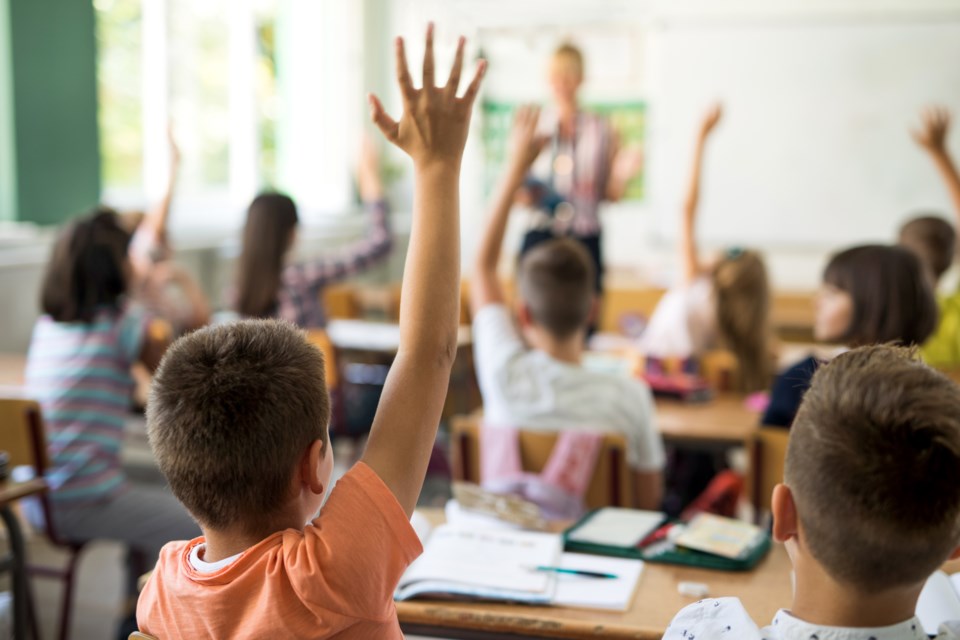Summer is months away, but St. Vrain Valley School District is already focusing on ways it can help students regain any learning or skills lost as they navigated a year in which instruction fluctuated between remote, hybrid and in-person learning in response to the coronavirus pandemic.
It also is exploring ways to continue online and hybrid models that have proved successful this year.
The district is making the most of a crisis to expand its offerings to students now and in the future, Superintendent Don Haddad said during Wednesday night’s board of education study session.
The session focused on programs SVVSD has in place to better the educational readiness of its students.
In preschool, language development and math foundations,which can be applied to STEM activities to build skills, are key, said Jackie Kapushion, deputy superintendent. The district tries to maximize the years from birth to age 5 — when a child’s brain is undergoing the most development — to teach language and math skills, she said.
The district also uses the Orton-Gillingham Approach to improve students’ reading comprehension. The program was designed for students with reading disabilities, however, it works well for all students and allows teachers to break down reading skills, Kapushion said.
Because of COVID-19 closing schools in March and causing schools to switch between online, hybrid and in-person models, some parents have concerns that their students have lost ground.
Over the summer, the district worked to stave off that loss by using its Mobile Innovation Lab to deliver thousands of books to SVVSD communities so students could practice their skills, Kapushion said.
“All this instruction does not work if students are not able to practice their skills,” she said.
Summer learning this year will include Project Launch, a program that canceled over the summer because of the virus. Project Launch was designed to help students improve their reading skills over the summer. Program lessons this year will use district data to focus on learning students need to recover, Kapushion said.
Additionally, a three- to four-week program will be offered for eighth grade students entering their Algebra core class as ninth graders. The extra time will allow students to get a bit ahead in the course and to receive a quarter of graduation credit for the extra time, Kapushion said.
The goal is to ready students to take advanced courses in high school. While other districts define advanced coursework as Advanced Placement courses, SVVSD widens the definition to include the Seal of Biliteracy program, Advanced Manufacturing and working with a mentor.
The district credits its rise in graduation rates — reaching 90.3% of students included in a typical four-year graduation plan — and decrease in dropout rates — 0.08% across the district — to advanced coursework opportunities.
“We didn’t just make kids smarter overnight but we did give them opportunities after leaving school,” Haddad said.
The pandemic caused schools nationwide to adapt to a new way of educating students. While some students suffer from online learning, others have thrived and SVVSD is looking at options to continue the LaunchEd, synchronous learning and hybrid programs in response. Such flexibility allows students of all abilities to find a system to help them reach their full potential or even to participate in class as they travel for extra curricular activities, he said.
Keeping the programs is a fiscal decision.
“We have right now over $20 million worth of (per pupil revenue) tied up in our LaunchEd program. Meaning if we didn’t have that program, we could have seen an exodus of millions of dollars in the system. The curriculum support that we receive only costs us about $450,000 which is a drop in the bucket,” Haddad said.
“We are definitely going to continue to diversify our portfolio of opportunities for our kids ... We were ready for this crisis in many ways but we are also looking at how we leverage it to become better than before,” he said.


